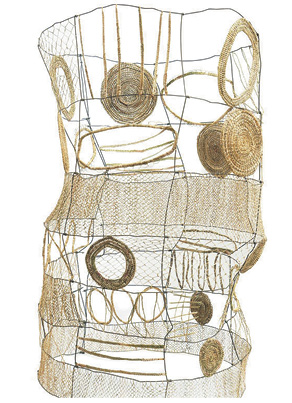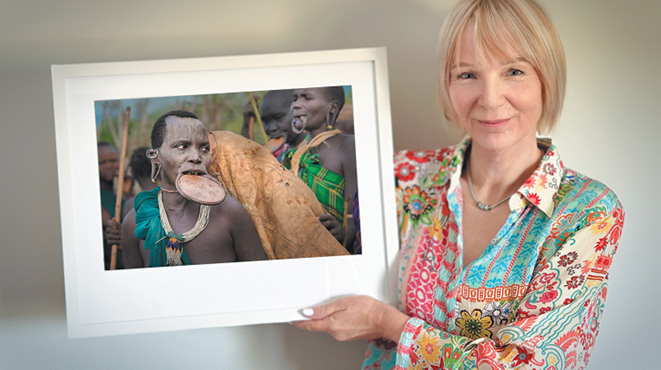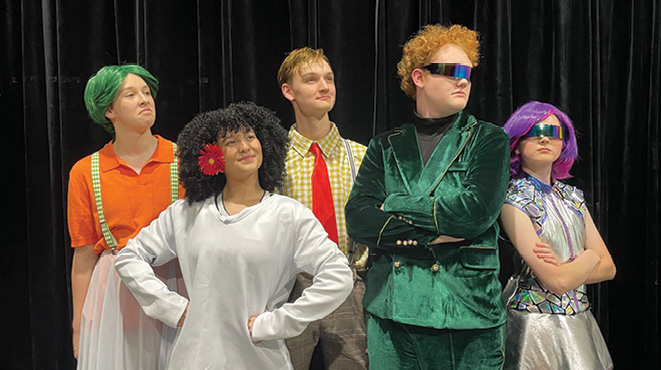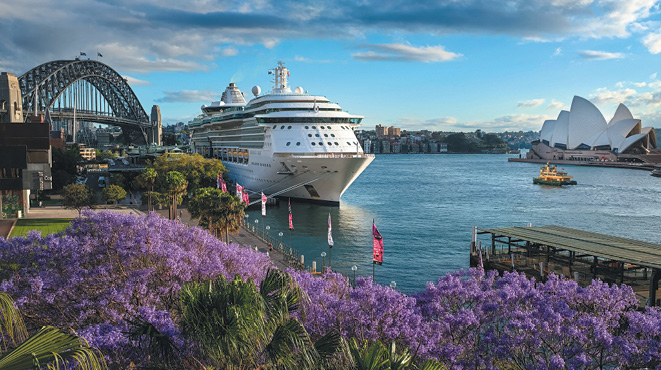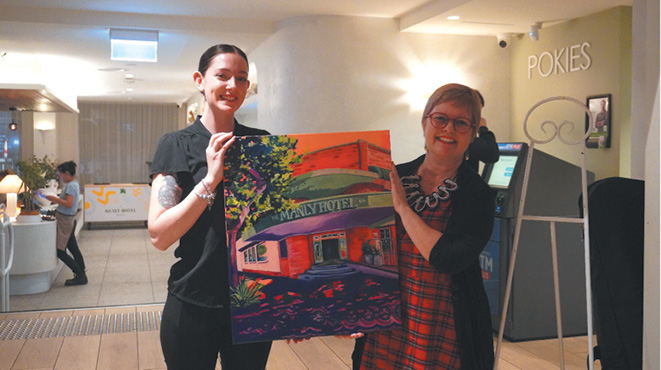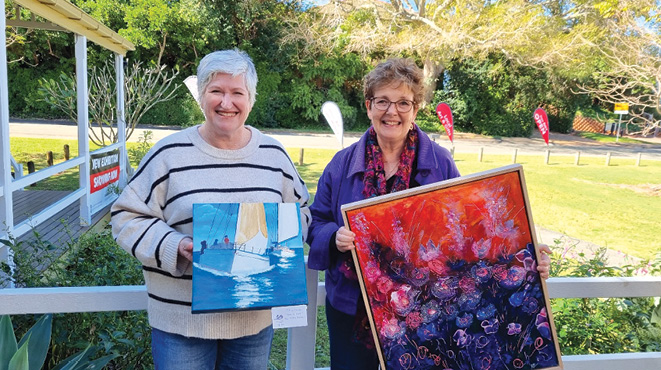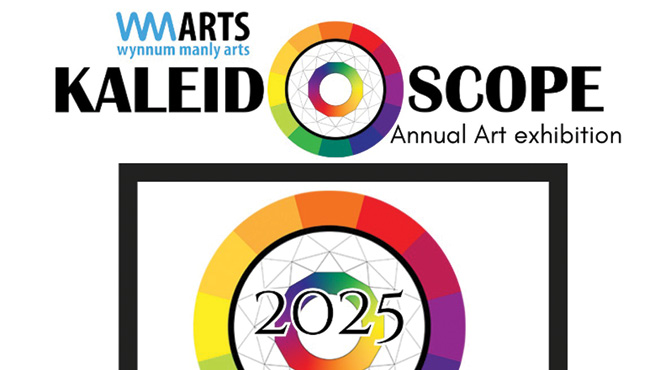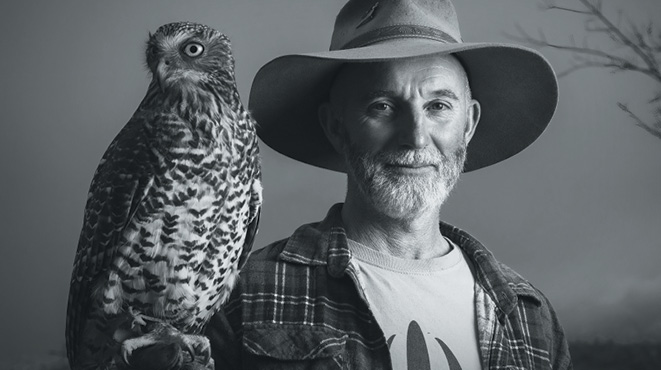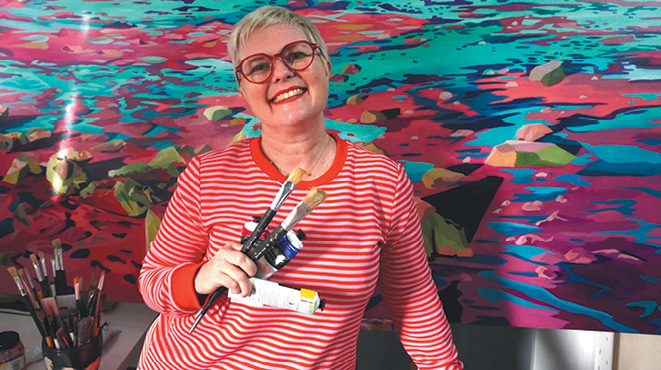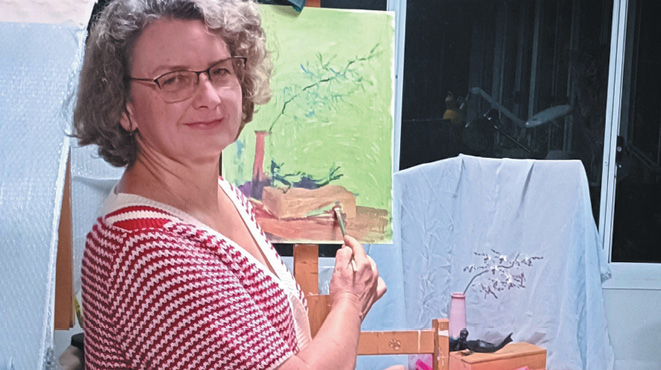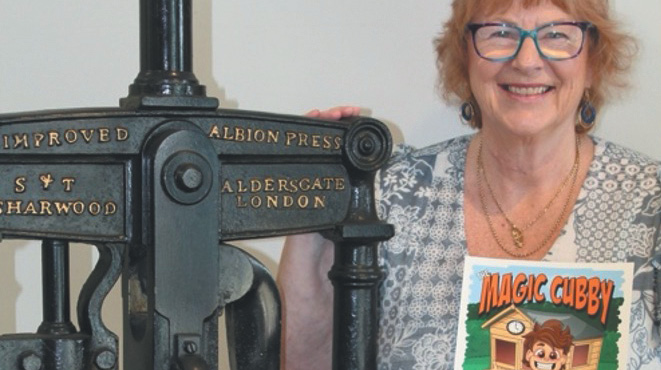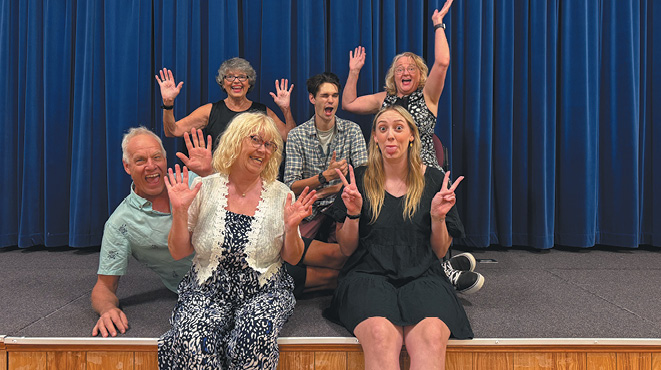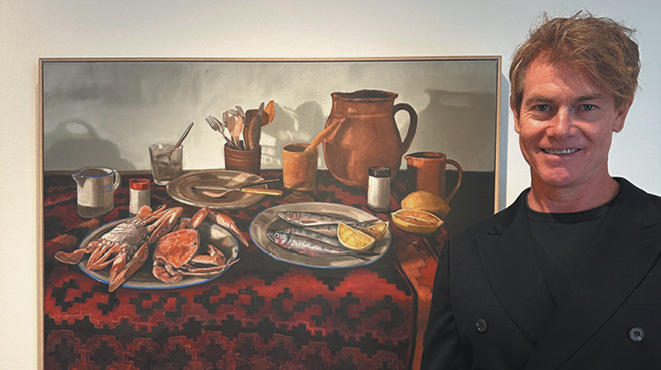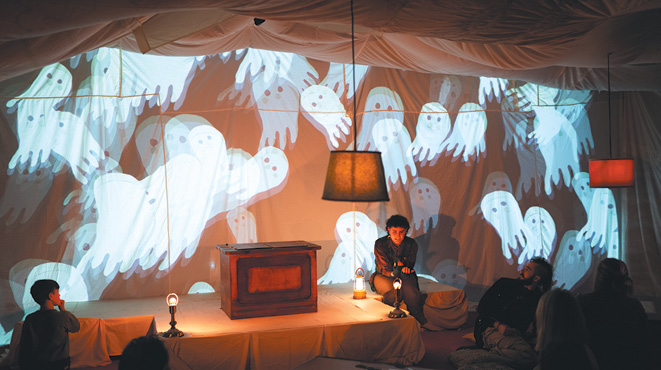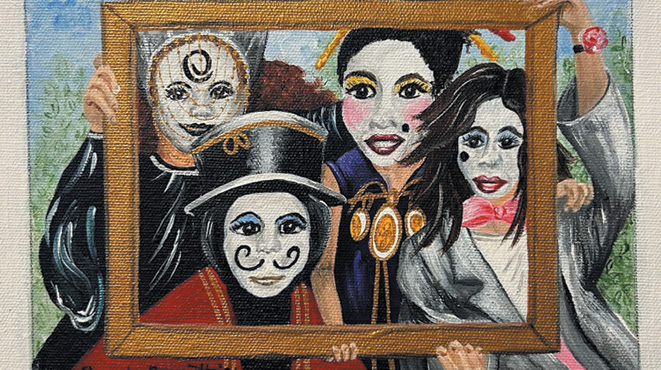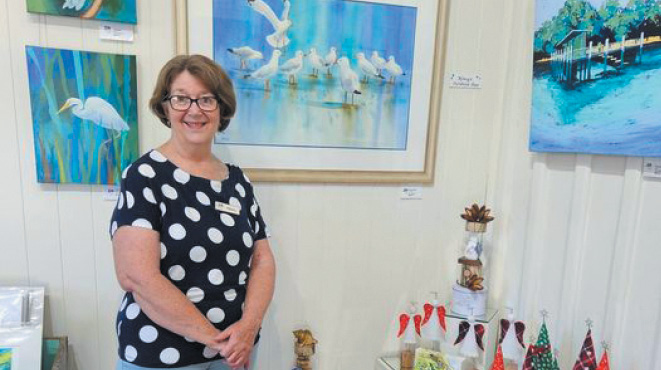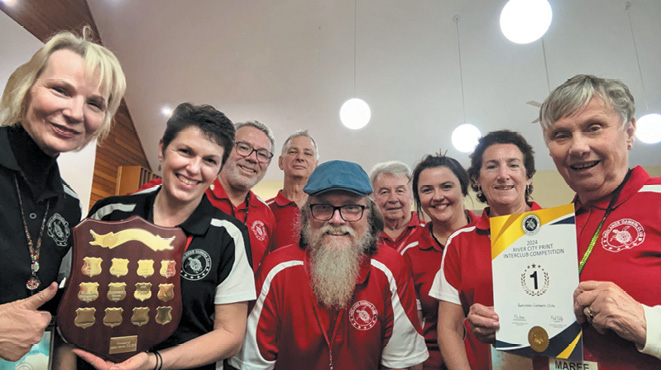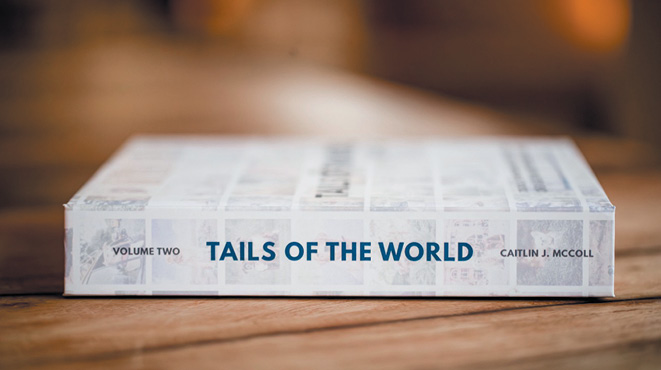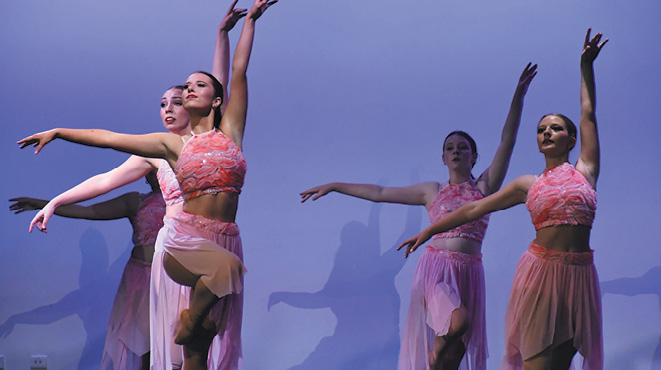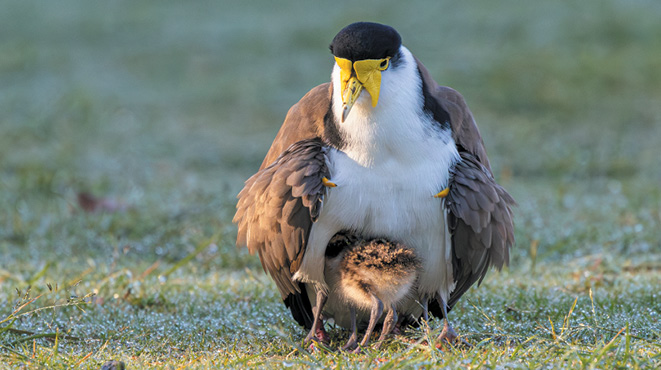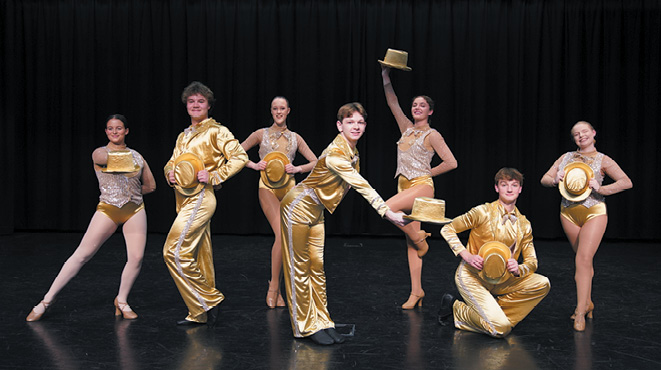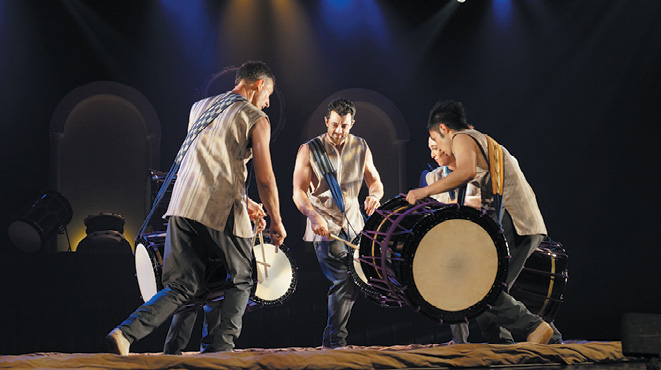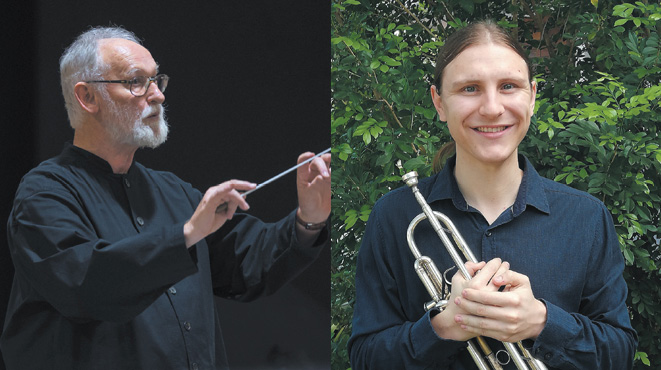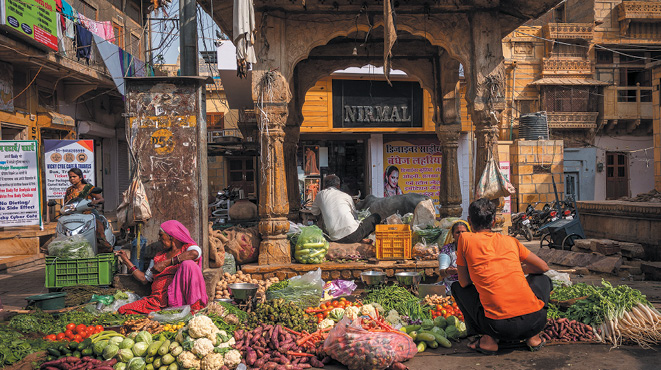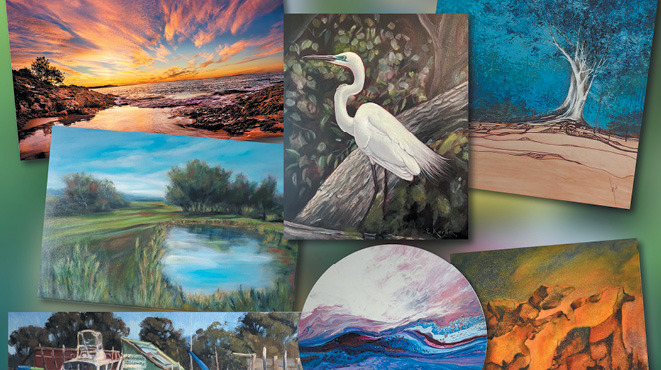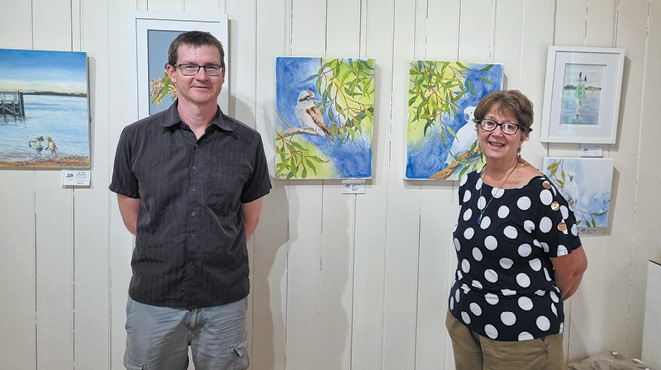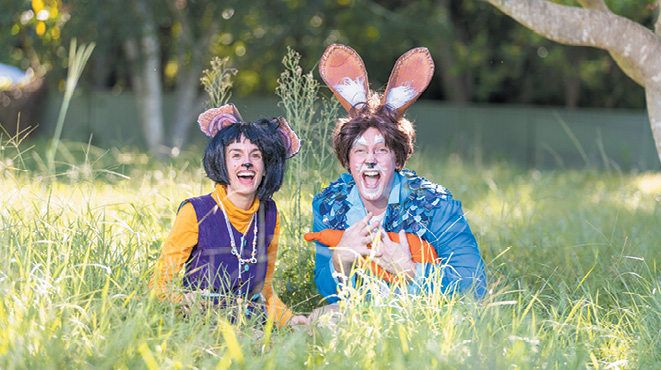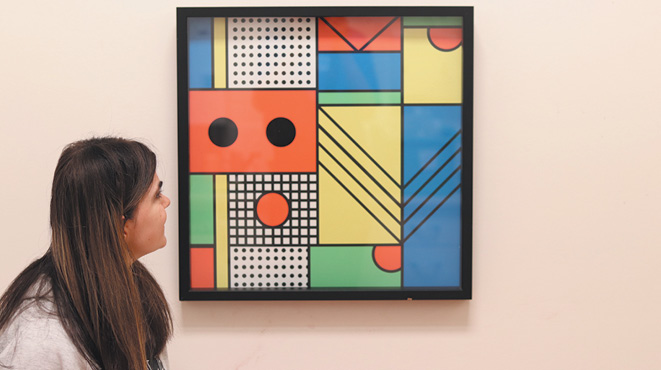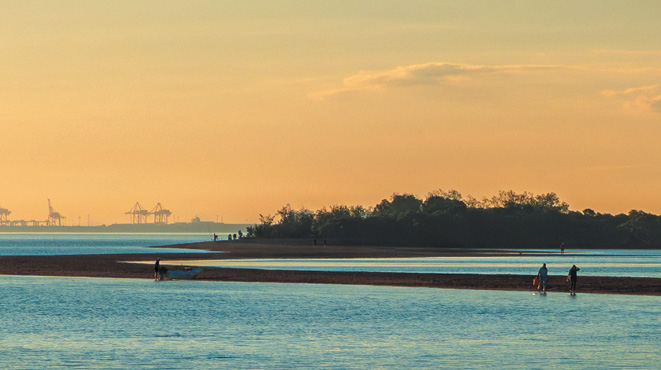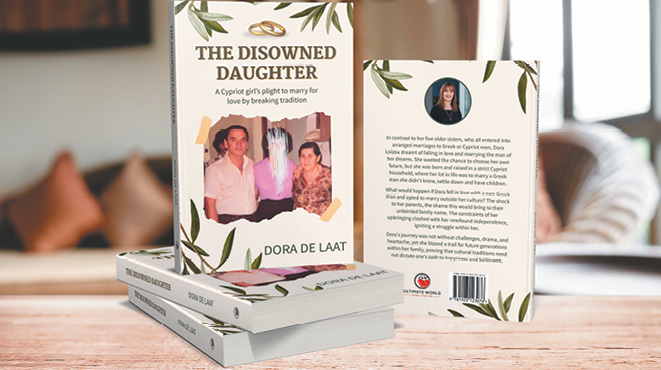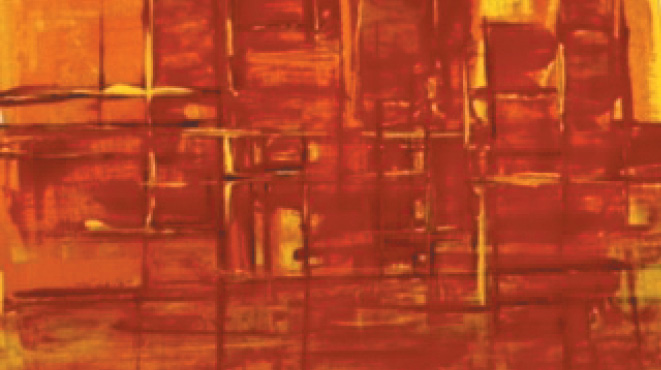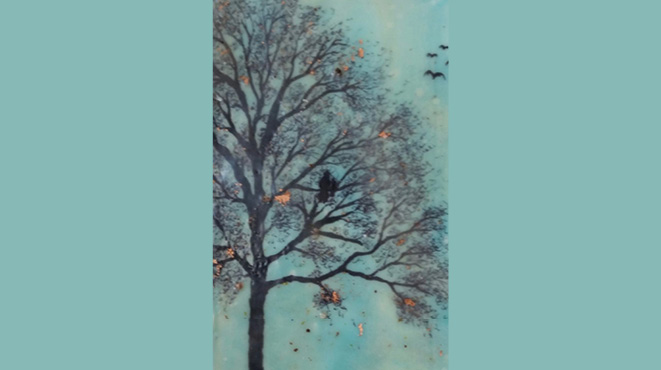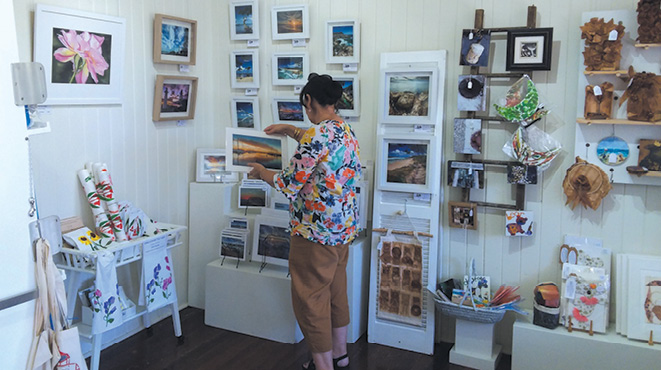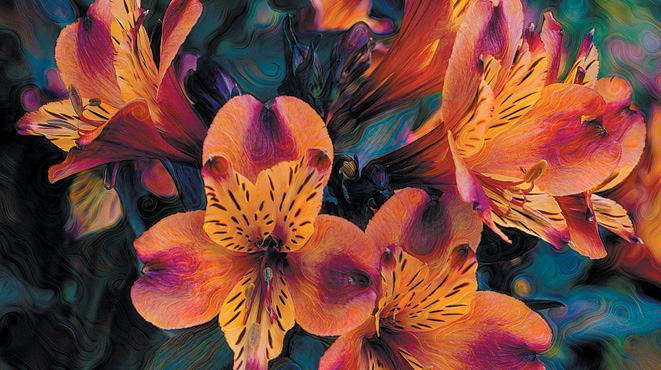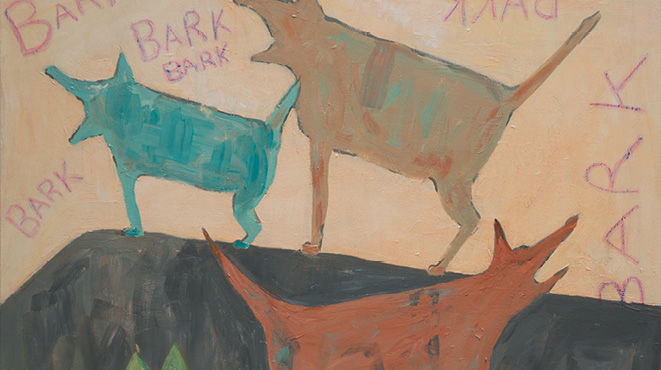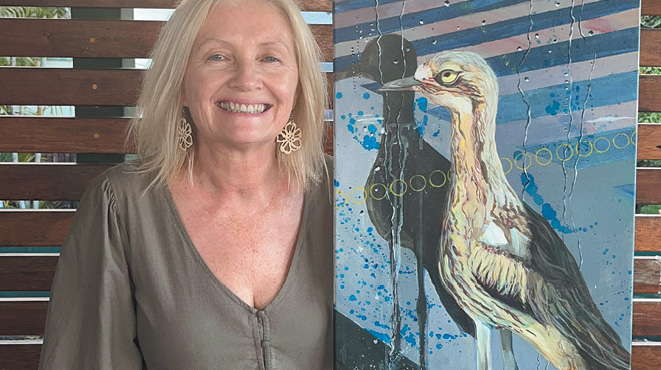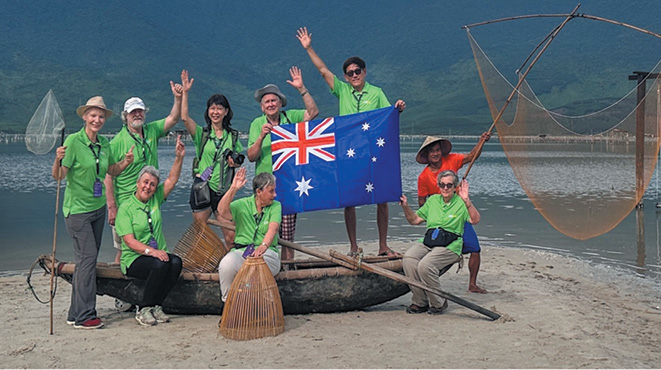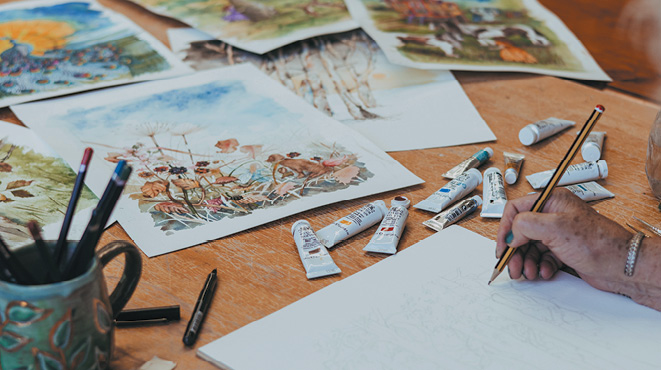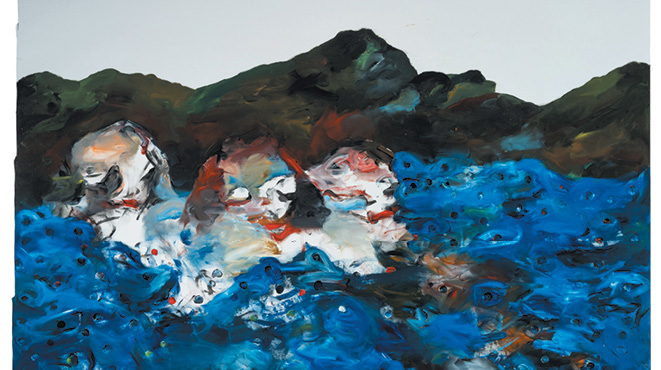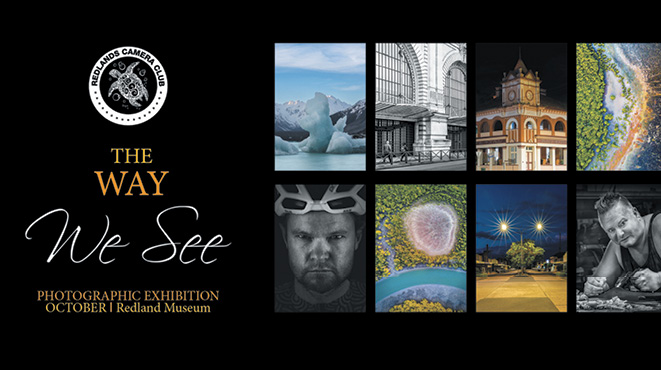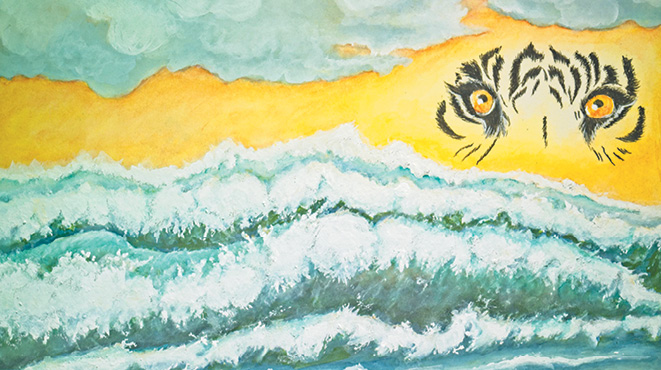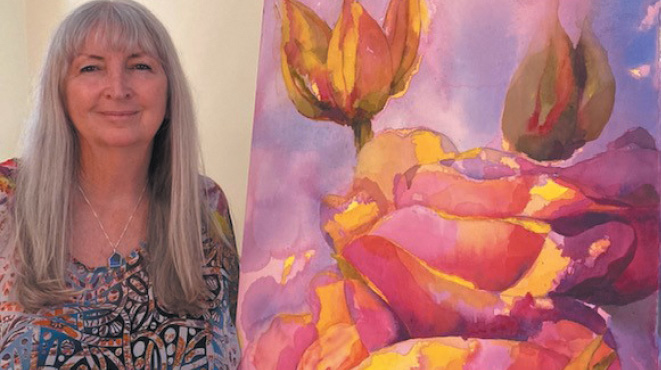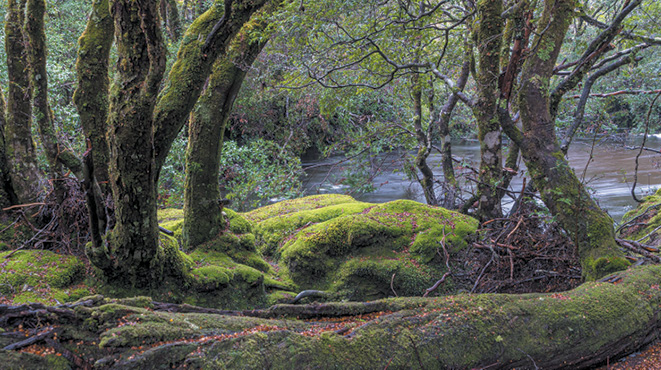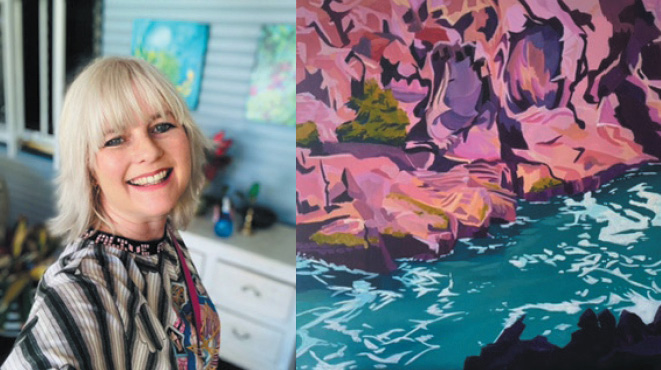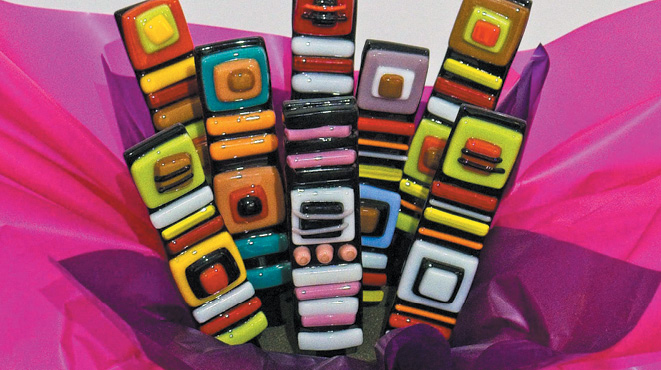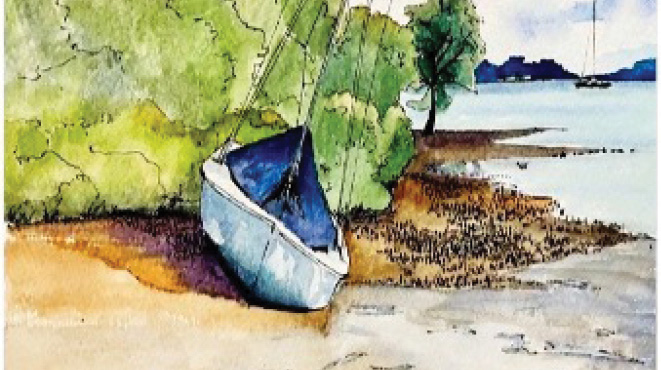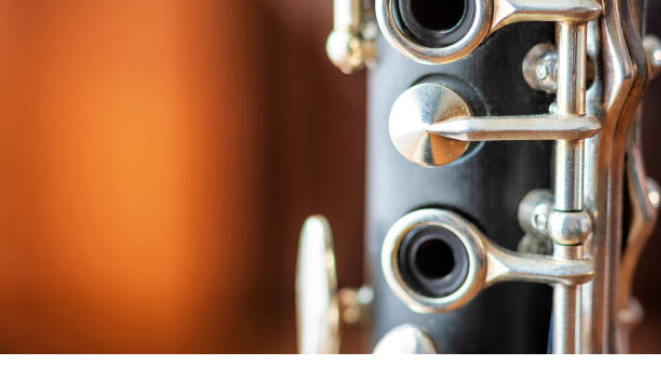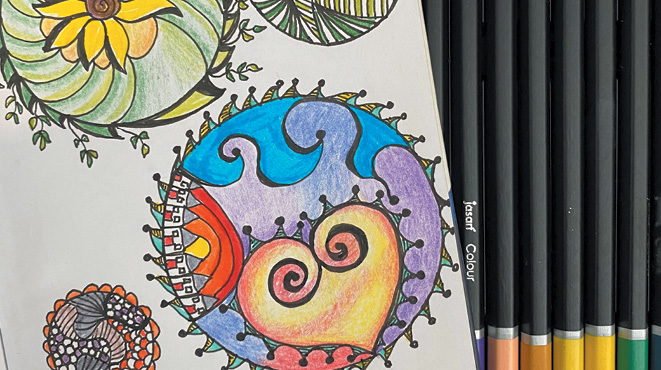BY JAN NARY
CREATE EXCHANGE Ngumpi, an all-embracing arts event on Quandamooka country, offers a visitor experience that is breathtaking, beautiful and educational.
Mother and daughter artists Sonja and Elisa Jane Carmichael, proud Ngugi women, have combined their formidable artistic talents to present art pieces and installations that tell the 60,000-year old story of their Quandamooka country. Their art works focus mainly on the weaving that is a central part of Quandamooka culture, an art form that, like their language, was nearly erased after white settlement.
“There are gaps in our knowledge,” Sonja says. “When the missionaries came we had to speak English – Elders have memories of our women hiding behind trees to converse in language. Our weaving traditions were interrupted in favour of crafts like knitting – there’s nothing wrong with knitting but the only way that they could keep the weaving practice alive was to make more ornate, decorated bags that could be sold to tourists.”
Ironically, it was through viewing a collection of Quandamooka woven bags at the University of Queensland that Sonja’s interest in local fibre weaving was sparked.
“It was sad to see our traditional bags made in the eighteenth century coming out of a dark place like museum storage, so far from Country,” Sonja says, “but I revisited them and studied them. There was a complicated diagonal knot that gave the weave real strength – even anthropologists had commented on it – and it seemed to be connected to our local area.
“I went home and sat with one of our Elders who had helped the grannies gather reeds back when weaving was part of daily life – then I trusted my Ancestral hands and started experimenting.”
The result is a revival of the almost lost art of weaving, incorporated by Sonja and Elisa Jane into exquisite and imaginative art pieces. Serendipitously, through their community workshops they have also been drawing on traditional language words related to weaving – inevitable when a group of people sit and work and talk together.
They have mastered the main technique – including ways of attaching reeds for increased fibre length – but both artists say that the process is still a work in progress.
“I have experimented with knotting methods and reed preparation,” Sonja says. “I’ve tried holding the string on my feet and I’ve tried wrapping it around my legs – but I’m not as supple as I used to be! Some accounts say that the reeds should be fire-dried to make them more pliable, others say that they should be kept moist. Leecee and I have found techniques that work for us but we’ll keep experimenting and creating.”
The women take great care to guard the precious source of their main materials, protecting the main growth areas from exploitation and harvesting only the mature, pink-bottomed reeds.
“We can’t deplete the crop by overharvesting; if a reed doesn’t slide easily out of its sheath it’s not ready to be picked,” says Sonja.
Weaving is not an exclusively women’s practice. The things that they make can be for ritual purposes and ceremony or purely utilitarian, for carrying everything from babies to food. Similarly, men weave nets for hunting and fishing and bags for ceremony. Elisa Jane points out that the choice of fibre depends on the use that the article will be put to; ungaire reeds are best for gulayi (dillybags) but are unsuitable for fishing nets because they are a freshwater swamp reed whereas talwalpin (cotton tree) fibre can be used in fresh or salt water. Ngumpi includes Elisa Jane’s first woven gulayi with ungaire and mastering the diagonal knot, heart-warming evidence that the old traditions are still alive and being passed down through the generations.
Natural fibres are not the only components of the artworks on display. Shells, nuts and string are worked into the pieces and in one exquisite installation miniature woven copper wire bags, each holding a treasure from the sea or the land, hang in a magical suspended forest of shifting light and birdsong. There are prints Sonja and Elisa Jane have created from some of the weavings that they have made and delicate, minimalist impressions of ungaire on white, hand-made paper. A gunyah – complete with sandy floor – commands the centre of the gallery.
And in a stand to protect the precious waters and marine life of Quandamooka, the two artists have repurposed a problem into an art form by incorporating fishing line and ghost nets into some of their work.
“We’ve been going to the Cairns Indigenous Arts Festival for more than a decade and that’s where we became aware of Ghost Net Art,” says Elisa Jane. “Incorporating abandoned ghost nets, ropes and fishing lines that are retrieved from the shore and the rocks helps protect our marine life and raises consciousness about the impact they’re having on dugong and turtles and other sea creatures.”
For consciousness-raising – and sheer enjoyment – this is an event not to be missed.
The CREATE EXCHANGE Ngumpi exhibition runs until 4 June 2024 and includes drop-in sessions, talks, and exhibitions. For more information contact Redland Art Gallery at 3829 8899.


